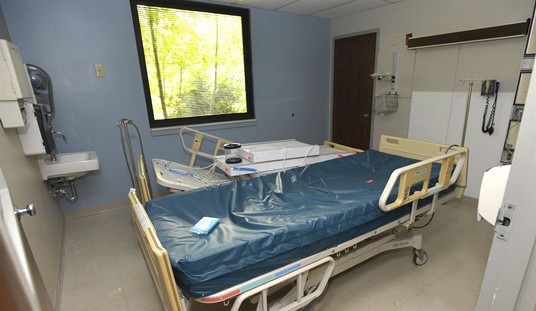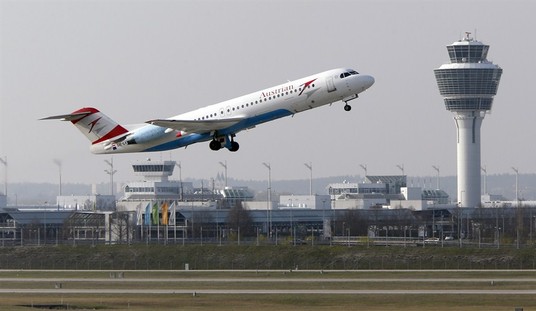=========
=========
Promoted from the diaries by streiff. Promotion does not imply endorsement.
=========
=========
Over the last few years, high operational tempo combined with insufficient resourcing, inadequate training, personnel shortages, and inoperable equipment have led to plummeting readiness rates across the military. The Government Accountability Office found that over 50% of Air Force combat forces and many platforms from the other Services are at unacceptable readiness levels. In addition to materiel readiness, accidents involving the military’s manned fighter, bomber, helicopter and cargo planes rose ~ 40% from fiscal years 2013 to 2017. Something is wrong with this picture and our service members and taxpayers deserve better.
Advertisement
As Congress and the Department of Defense begin considering budgets for Fiscal Year 2020, addressing near-term readiness needs to support of our service members is paramount, but not without the transparency of spending for the taxpayer. Congress needs to lift the veil on the nearly $200 billion (or a third of the annual Defense budget) in base funding appropriated to operation and maintenance (O&M) accounts. These funds are intended to support day-to-day operations ranging from training and base support, to depot and unit-level equipment maintenance.
Despite increases to these accounts over the last two years to address what some have referred to as a “Readiness Crisis,” little progress has been made in improving the materiel condition of the equipment our warfighters trust their lives to. Why? Where has the money gone? If you look at the budget documents submitted to Congress you will only see a general description of what the requested O&M money is for. The documents show accounts – that often exceed $1 billion – labeled as “aviation logistics” or “weapon system sustainment” or “aircraft depot maintenance” with little to no detail about the types and quantities of equipment being supported, or the expected readiness outcome. This opacity in the O&M budget caused the Congressional Budget Office to recently lament that their own analyses of the spending growth and the readiness crisis is limited by the lack of associated data (https://www.cbo.gov/publication/52156).
Advertisement
In contrast, if you wanted to know how many aircraft the Air Force was purchasing or the number of ships the Navy was acquiring, it is clearly published in the budget request and the detail covers the 5-year Future Years Defense Program.
Shouldn’t we care as much, or even more, about how we maintain our fielded ships, aircraft, and tanks as we do about buying new? By simply requiring DOD to include platform-level detail on how maintenance money will be spent, Congress and the Public can provide better oversight over this critical portion of Federal spending. Shouldn’t we be able to determine how much money is being spent to maintain aging equipment so that we can determine whether replacing it would make more sense? Shouldn’t we know which aging systems are requiring the most maintenance and repair costs? Such information could help form acquisition priorities so that we use every dollar to get the most for our warfighters and the taxpayers. This is a win-win. But to achieve this victory, we need more and better information.
Based on the state of military readiness today despite the billions of dollars Congress has appropriated to maintain DOD’s equipment, it is clear that change is needed. Improving the budget details and correlating the resourcing to the expected readiness outcomes is a common sense solution to start us down the path of solving this critical challenge which is central to the National Defense Strategy. Taxpayers deserve to know how the nearly $200 billion funding is being spent, and our service members deserve to be provided equipment that is safe and can be trusted to get the mission done.
Advertisement













Join the conversation as a VIP Member